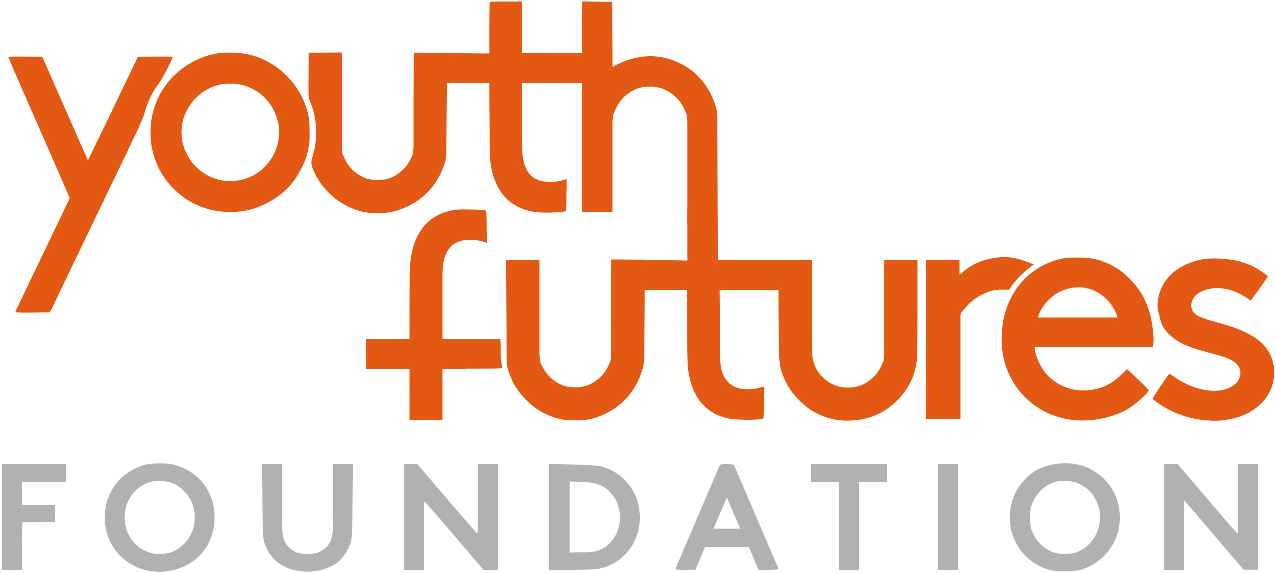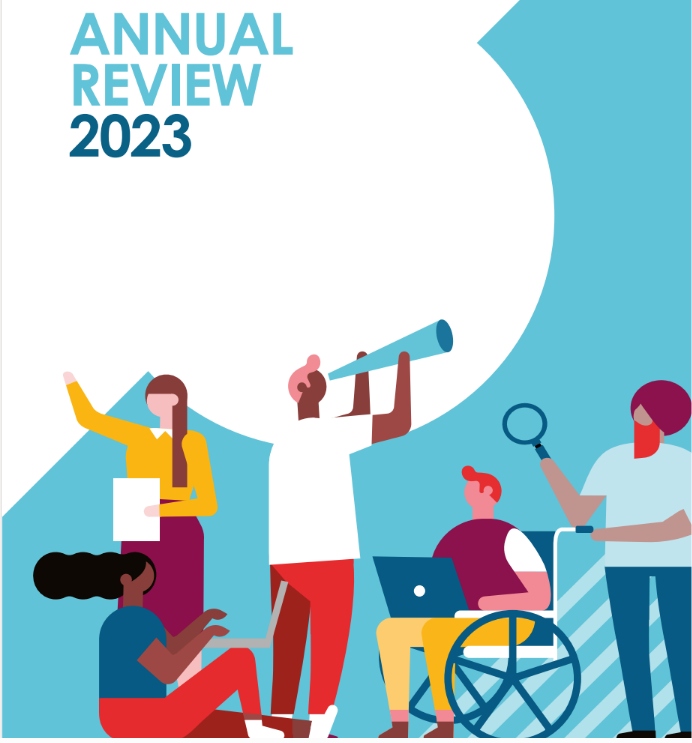Here you’ll find additional information about our Evidence into Action programme to help you find out more and support your application.
If you have further questions that are not answered here or in the guidance documentation, please contact our Grants Team.
Our income is above or below the eligibility criteria, can we still apply?
For this round of funding, we have set the organisational income as between £50,000 and £2,000,000 to specifically target organisations that we believe do not ordinarily receive funding of this nature. If your organisation’s most recent annual income is either below or exceeds this amount it will not be eligible for funding.
We work in one or more of the areas listed, but not the specific local authorities, can we still apply?
Whilst we appreciate there is support needed across the country, our current funding locations for Evidence into Action, have been specifically identified as local authoririties with high numbers of young people in our target group and at this time, we can only accept applications that fall within these criteria. If your organisation is not currently working with young people in one of our specified locations you will not be eligible for funding.
What is on-the-job training?
On-the-job training is instruction for young people that takes place in a work environment. It aims to develop a young person’s vocational skills for specific jobs and sectors through learning by participating in a structured programmes, delivered by dedicated trainers or staff members.
For this definition it does not include:
- Apprenticeships
- Work experience and internship programmes
- Work experience gained through volunteering or work that is not formally part of an on-the-job training course
Explore our Youth Employment Toolkit for more information.
What is off-the-job training?
Off-the-job training takes place outside the workplace and aims to develop vocational skills for specific jobs and sectors. During this type of training, young people express their views and opinions and explore new ideas to bring to the workplace.
For this definition it does not include:
- The off-the-job element of an apprenticeship
- Off-the-job learning that focusses on the development of basic skills such as literacy and numeracy, or life skills (sometimes called ‘soft skills’) such as communication, team-working, workplace behaviours, etc.
- Training undertaken in schools and college that young people do as part of the universal education system or independently of any intervention
Explore our Youth Employment Toolkit for more information.
How is ‘evidence’ defined?
As a What Works centre we collate existing information and conduct new research to learn what works and what doesn’t to support youth employment outcomes, as well as looking to understand how.
This includes bringing together insights from published studies on the effectives of approaches or practice, and spans both quantitative and qualitative data. We define high-quality evidence as relevant, robust and credible.
For Evidence into Action, we are using information from our Youth Employment Toolkit as a key source of high-quality evidence.
Will the programme fund existing activity?
As phase 1 is a learning phase, we are primarily interested in working with organisations who are keen to and would benefit from developing activities based on evidence.
We are open to funding some piloting work, at a small scale, that is based on existing On and Off-the-job training activity.
However, we do not expect to fund the continuation of existing activity without adjusting to reflect evidence-based practice.
Are joint applications allowed?
For this programme, we can only award funding to one accountable organisation. However, we will accept applications where more than one organisation is being funded.
Please make clear within your answers why a partnership exists, the name of the partner organisation and their role. We may need to request additional information about the partnership during our assessment process.
What should be included in the budget?
For this application you will only need to provide a budget for phase 1 (i.e. the first 12 months).
Please see the application guidance document for further details.
When are decisions made on funding for phase 2?
For successful applications for phase 1 we will make a three-year funding commitment at the beginning of year one.
This commitment for phase 2 is on condition that we are satisfied with a phase 2 proposal and budget presented towards the end of phase 1. We expect proposals for phase 2 to reflect evidence-based practice by successful applicants in phase 1.
What does ‘additionality’ and ‘additional funding’ mean?
We are not able to use our funding to substitute or duplicate statutory funding obligations of central or local government, or replace a service that was previously funded by central or local Government on a ‘like-for-like’ basis. If you are unsure if your proposed activity is not additional, contact us to discuss.
Does the employment outcome for the young people included in the programme need to be within the sector we supported them to enter?
We are not being sector-specific for this round of funding, the young people you are aiming to support within the programme could secure work in a different sector than their On/Off the job training prepared them for. The outcome we are most interested in for Evidence into Action is the change that occurs for practitioners adopting evidence-based practice and offering On/Off the job training (as defined in the toolkit) to young people as this is proven to be impactful in them securing employment outcomes.
Can I use AI (artificial intelligence) to complete my application?
We believe no one can describe your project activities, the experiences and needs of the young people you support, and the aspirations for the future of your organisation better than you can, which makes for a more impactful submission.
We understand the increasing use of AI to complete grant applications and the benefits of overcoming time restraints and focusing staff resource to project delivery.
If you intend to use AI please consider it as a tool, only to assist in generating an initial draft which you then review, edit and personalise.
Please do not rely solely on AI to complete your submission. This will help avoid generic responses that do not reflect your organisations unique experience and aspirations.
Please do not input sensitive or confidential information into AI tools to ensure ethical practice, data privacy and security remain a priority.
Are the questions available in advance?
We have made a Word version of the application form available to download for reference if you would like to read through and/or draft your answers to the questions offline in advance of submitting.
Please note, any answers will need to be transferred into the online form as all applications must be submitted via our grants portal.
Is there a maximum or ideal number of young people you want organisations to be working with, or number of jobs secured as an outcome of success?
Question 3 of the application form asks for the number of young people you are working with that are within our desired target group for this fund, to understand the scale of your work but there is no maximum or ideal number we are looking for. We are, however, interested in the percentage of young people you work with in this target group and will be prioritising applicants who work with 65% or more (see questions 4-7 on the application).
The aim of Evidence into Action is to influence change amongst practitioners and equip organisations to embed evidence, designing and delivering evidence-based activities as a result of this funding round. We are therefore not measuring the number of young people engaged or securing employment as an outcome of success.
In demonstrating our interest in applying to Evidence into Action, what is meant by ‘learning elements in phase 1’, referenced in Question 10 of the application?
Evidence into Action begins with a focus on learning about the evidence available in year one (phase 1), before any delivery takes place to apply this evidence to your practice in years 2 and 3 (phase 2). During phase 1 the learning elements of this programme will involve regular meetings with our Learning Partner, including group workshops, roundtables anddiscussions that help translate evidence into practical guidance for practitioners. In your answer to question 10 we are interested in why this learning phase is important to your organisation, what you’d hope to gain and your motivation to embed learning and adapt delivery as a result of phase 1.

